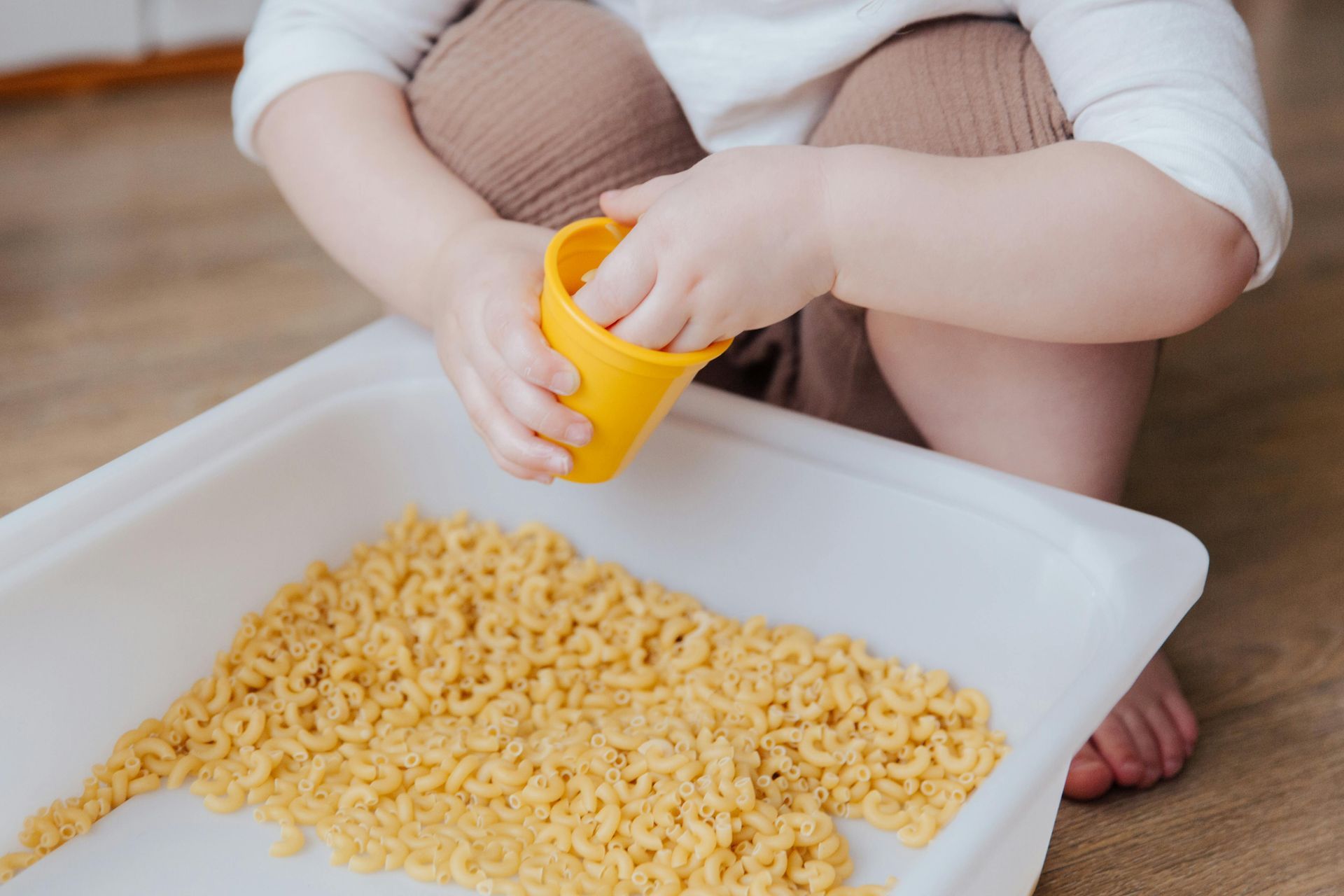Is Your Little One Ready for Solids?
Signs to Look For and Why Supported Sitting Matters
Hello parents! As your precious baby grows, their curiosity extends to the exciting world of food. But how do you know when it's time to move from milk or formula to solid foods? In this comprehensive blog post, we're going to dive deep into the signs of feeding readiness – those precious cues that tell you your baby is ready to start their culinary adventure. We'll also explore why supported sitting during mealtimes is an essential ingredient for a successful transition to solids.
An Interest in Your Plate:
Watch out for those adorable moments when your little one starts showing a keen interest in your meals. They might reach out for your plate, lean forward to get a closer look, or even make excited sounds when they see you eating. This display of curiosity is a wonderful sign that they're eager to join in on the culinary fun.
They're Hungry, More Often:
Have you noticed that your baby seems hungrier than usual, even with their regular milk or formula feeds? This increased appetite can be a strong indicator that they're ready for something more substantial. Their little tummies are growing, and they're eager to explore the world of solid foods.
Eager to Chew:
Babies are fantastic imitators. Around the age of six months, you might catch your little one mimicking chewing motions, even when there's nothing in their mouth to chew on. This adorable mimicry is a surefire sign that they're gearing up for the real thing – chewing and savoring delicious bites of solid food.
Sitting Up Strong:
One of the earliest signs that your baby is ready for solids is their ability to sit up with a bit of support. Around six months of age, most babies can maintain a seated position with some assistance. This newfound stability is essential for safe and enjoyable mealtimes. When they can hold their head steady and sit comfortably with minimal help, it's a clear indicator that their tummy is ready to explore new flavors.
Why Supported Sitting is Important:
When your baby starts eating solid foods, there's a potential choking hazard. Babies who can sit with support have better control over their head and body movements, reducing the risk of choking. Supported sitting also aids in your baby's ability to swallow food effectively. When they are sitting upright, it's easier for them to coordinate the complex process of chewing and swallowing, promoting efficient digestion. Sitting up allows your baby to be at eye level with the family during mealtime, fostering an interest in food and eating. Babies tend to mimic what they see, which encourages curiosity about food.
Remember, every baby develops at their own pace, so it's important not to rush this process. Wait until your baby can sit up with support before introducing solids, typically around six months of age. This ensures that they are developmentally ready to handle the new adventure of solid foods safely and happily. Happy feeding, super-parents!












